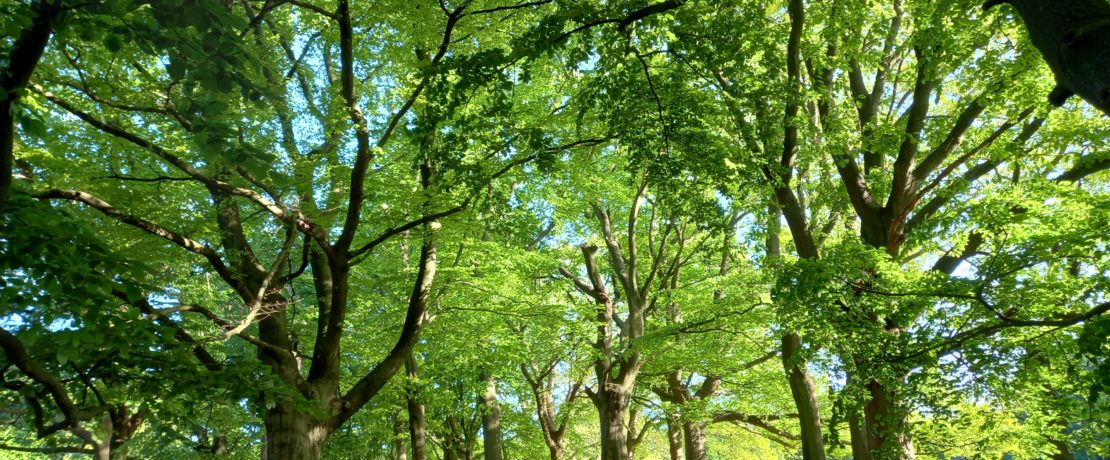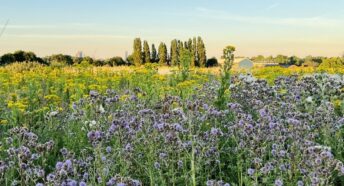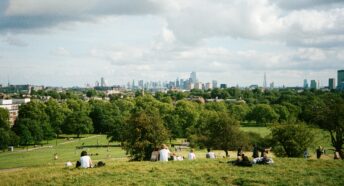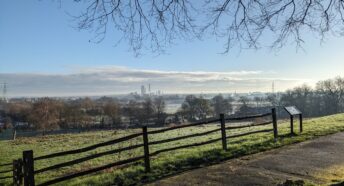How to Protect a Local Green Space
A highly effective method for protecting much-loved green spaces remains relatively unknown and underused in London compared with other parts of the country.
The Local Green Space (LGS) designation was introduced a decade ago under the The National Planning Framework to allow local communities to protect their recreation grounds, pocket-parks, community gardens, allotments, estate or neighbourhood greens, and other local valued green spaces from development. However just over 100 spaces have been formally identified as LGS within London, a lower number than any other region except the North East of England. The low number of LGS designations in London may be due to the relatively low uptake of neighbourhood planning in the capital. But it is still possible for the designation to be applied through local plans as has been the case in boroughs such as Bromley.
LGS can only be designated when a local plan is being reviewed or a neighbourhood plan is being produced. However, even if neither of these processes is currently underway in your area, it is still a good idea to start the process of identifying areas for potential LGS designation. Indeed, even if the local neighbourhood plan is not finalised its LGS designations can still carry some weight. For example, in Caterham, Tandridge, in May 2021, the planning inspector refused a proposed development as it would cause the partial loss of an LGS designated in the emerging neighbourhood plan. He said that ‘while this emerging plan has not yet been adopted, the identified conflict [with this policy] can be given significant weight’. Often local communities try to protect valued green spaces only when they’re already under threat from developers. LGS designation protects these precious spaces before threats arise.
• Check if your council has guidelines or a process for applying for LGS designation and frame your application accordingly.
• Or talk to your local councillor about how to get the council to agree to LGS designation on the basis that it would be formalised at the next Local Plan review.
• The land must fulfil one or more of the following criteria: (a) Beauty, (b) Historic significance, (c) Recreational value, (d) Tranquility, (e) Richness of wildlife and (f) the land needs to be ‘local in character, not an extensive tract of land’.
• It may also be worth considering applying for Fields in Trust protection as, although LGS provides the strongest protection, development can still happen in ‘special circumstances’. It is worth having both where applicable.
• You could also discuss a borough-wide approach where civic amenity societies and park friends groups get together and make a case for / apply for LGS designation for a number of sites at the same time.
Areas already protected under alternative allocations and designations (such as conservation areas) may also be considered for designation as an LGS. Designation as an LGS grants the land permanent protection consistent with that in respect of Green Belt and development is ruled out other than in special circumstances.
A useful step-by-step guide to designating LGS through neighbourhood plans can be found on the neighbourhood planning website: https://neighbourhoodplanning.org/toolkits-and-guidance/making-local-green-space-designations-neighbourhood-plan/
A recent research report by CPRE mapping the total number of Local Green Spaces protected across England can be read here: https://www.cprelondon.org.uk/news/london-needs-to-protect-more-local-green-spaces/









